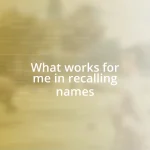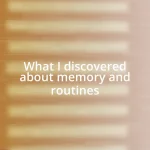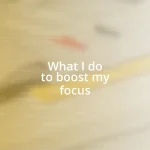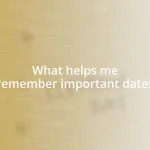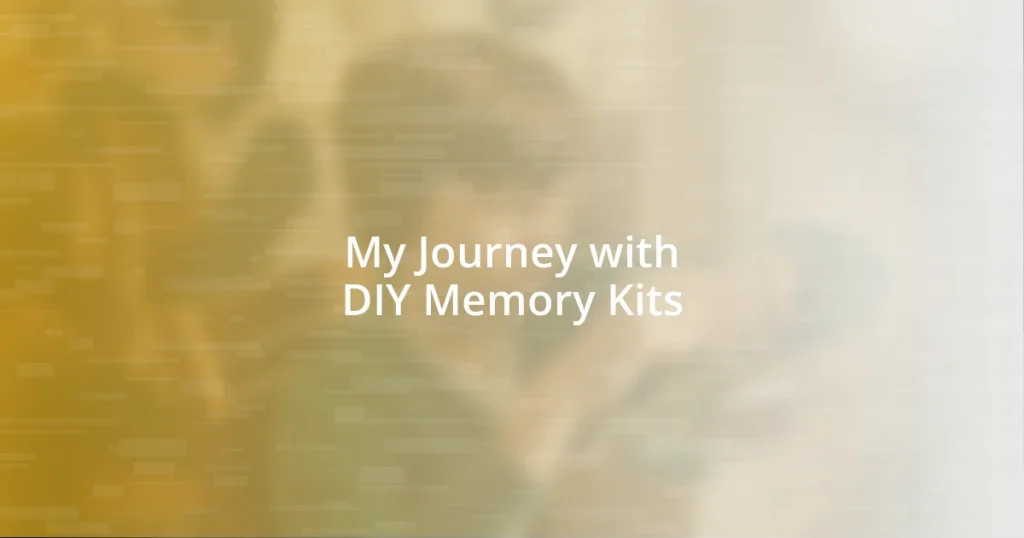Key takeaways:
- DIY memory kits allow individuals to preserve and relive cherished moments through personal artifacts and storytelling.
- Personalizing memory kits with unique elements, such as handwritten notes and meaningful objects, enhances their emotional significance.
- Incorporating sensory experiences, like textures and sounds, transforms memory kits into immersive reminders of past experiences.

Introduction to DIY Memory Kits
DIY memory kits have become a heartfelt way to capture our cherished moments. I remember the first time I opened a kit filled with stickers, photos, and tiny trinkets; it felt like I was holding a treasure trove of memories waiting to be unearthed. Have you ever found a small object that immediately takes you back to a specific moment? That’s the magic of memory kits—they allow us to relive those experiences.
As I started to assemble my first memory kit, I realized that it’s not just about the items themselves, but the stories they tell. Each piece I chose reflected a snippet of my life, whether it was a postcard from a trip or a little ticket stub from a concert. Have you ever thought about how physical artifacts can evoke such strong emotions? It’s truly fascinating to see how these memories intertwine, painting a vivid picture of who we are.
Creating a DIY memory kit is an intimate journey that invites self-reflection and nostalgia. I love the varying textures and colors that come together, making the process not only enjoyable but deeply personal. Isn’t it rewarding to craft something that resonates with our experiences? This endeavor is a beautiful reminder that life is made up of countless moments, each worthy of being preserved and cherished.

Personalizing Your Memory Kit Experience
Personalizing your memory kit experience is all about infusing your unique story into every element. When I first started adding personal touches like handwritten notes or the scent of my favorite candles, it transformed the kit into a true reflection of me. Have you ever stumbled upon an old letter? The feelings it evokes can be so powerful. Incorporating these tactile reminders adds layers of nostalgia that you simply can’t replicate.
One of my favorite strategies is to include items from events that hold significant meaning. For instance, at my best friend’s wedding, I saved a piece of the table décor along with a note detailing my favorite moments from that day. Sharing these memories within my kit not only recalls that beautiful day but also sparks joy every time I revisit it. Isn’t it amazing how such small tokens can carry so much emotional weight?
Consider making your memory kit a sensory experience—mix textures, colors, and even sounds. I once included a vintage record that reminds me of summer afternoons spent with family. The moment I play it, I’m instantly transported back. How do your senses connect with your memories? Adding these sensory elements invites you to experience your past in a more immersive way, which can feel incredibly rewarding.
